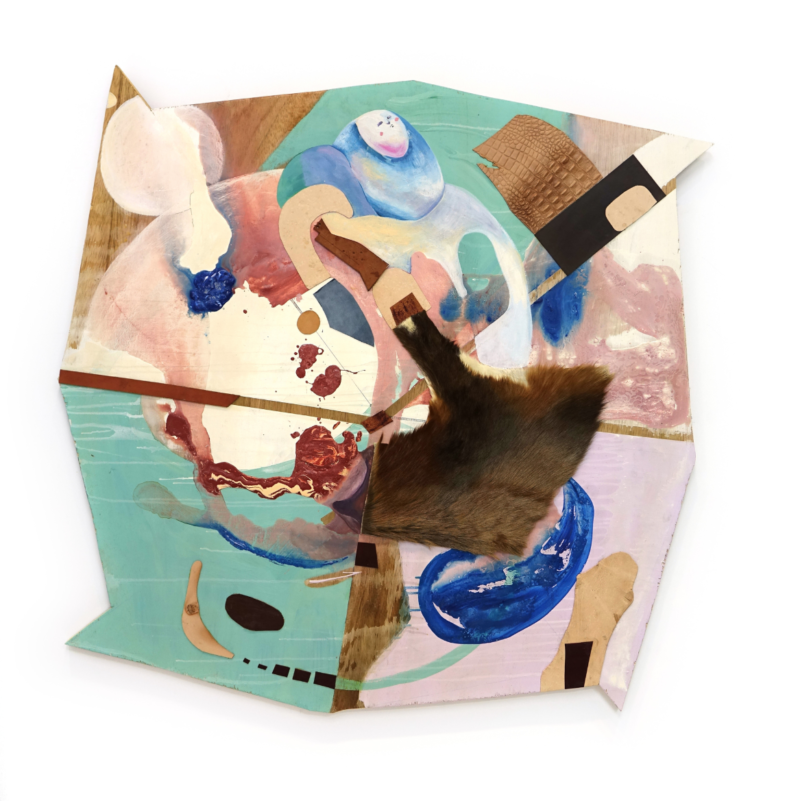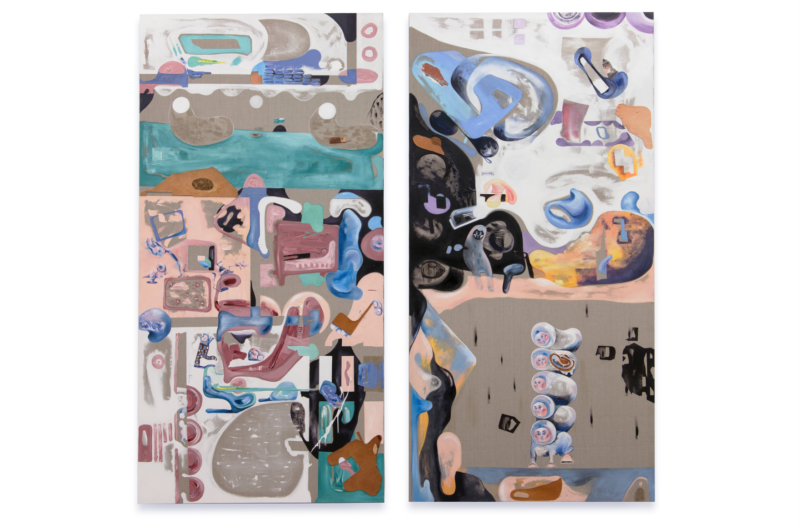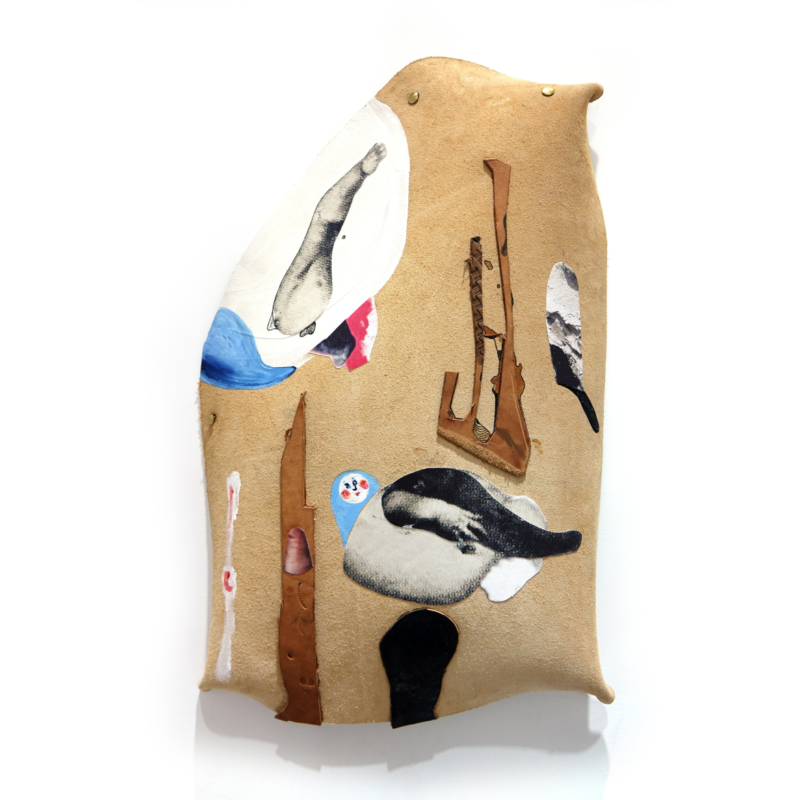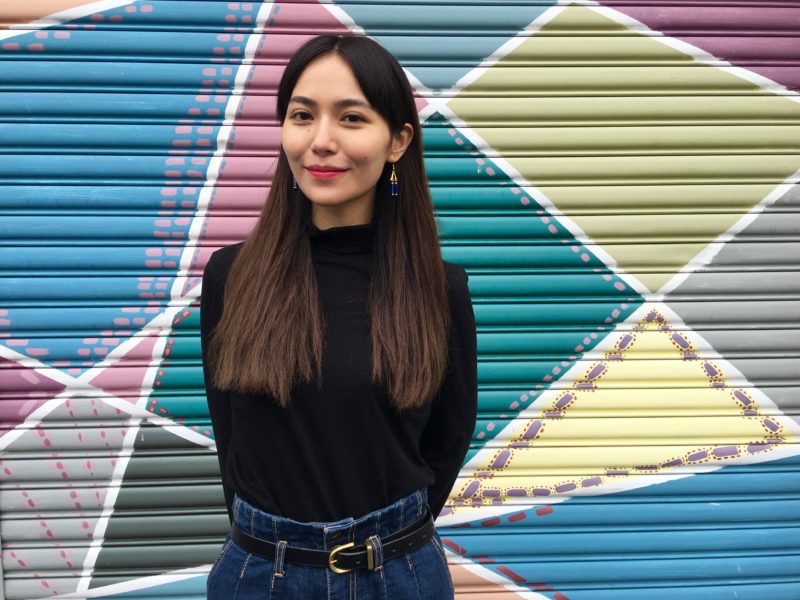Cho, Hui-Chin finished her Bachelor of Fine Art degree at Slade School of Fine Art in 2018. She graduated with first-class honours and made the dean’s list. Having grown up in a multicultural country, she prefers to use an amalgam of materials, especially vintage or antique materials, to prompt philosophical dialogues about the distortion of subject matter and abstract motifs, especially the grotesque iconography of babies as the motif sustains her work.
Through a practice primarily consisting of painting and sculpture, Cho investigates vintage materials and the dilemma of using materials. Cho is interested in exploring how metaphors are overlaid and integrated into our ordinary perception of things, simultaneously depicting the manifestation of antique materials with ambiguous identities , and she insists on responding to the metaphors hidden in the materials. Her work is concerned with a miscellany of incongruous figures and motifs; fragments form a narrative that is grotesque but still compelling. Her inquisitive artistic approach leads to introspection and a reflection on humanity, desire, fetish, ambivalence, sadism and obsession.
Cho won the CASS ART Painting Prize and the Steer Prize in 2018.
Cho, Hui-Chin currently lives and works in London.
– website: https://www.chin.art/
In the artist residency programme of Arts Itoya, there are international connections which she will have the chances to approach cross-areas artists, and more importantly the circumstance offers the opportunity to fully concentrate on her experimental works.
In her works, her ‘figures’ are manga-like since her infancy was enclosed by the Japanese manga culture, which makes her become obsessed with Japanese manga-like ‘creatures’. The main subject matter in her works is correlated with ‘figure’ whilst she intend to depict them in an ambiguous way with using multi-materials, namely painting, photography, collage, or sculpture together. This is because, for her, her works are the postulate that painting, sculpture, photography are the same manifestation, which would be conveyed into a variety of compositions and motifs. Moreover, she could have the opportunity to observe the authentic culture about local people and architecture, which will be the significant dialogue in merging the transition between her eastern background and her western aesthetics.






